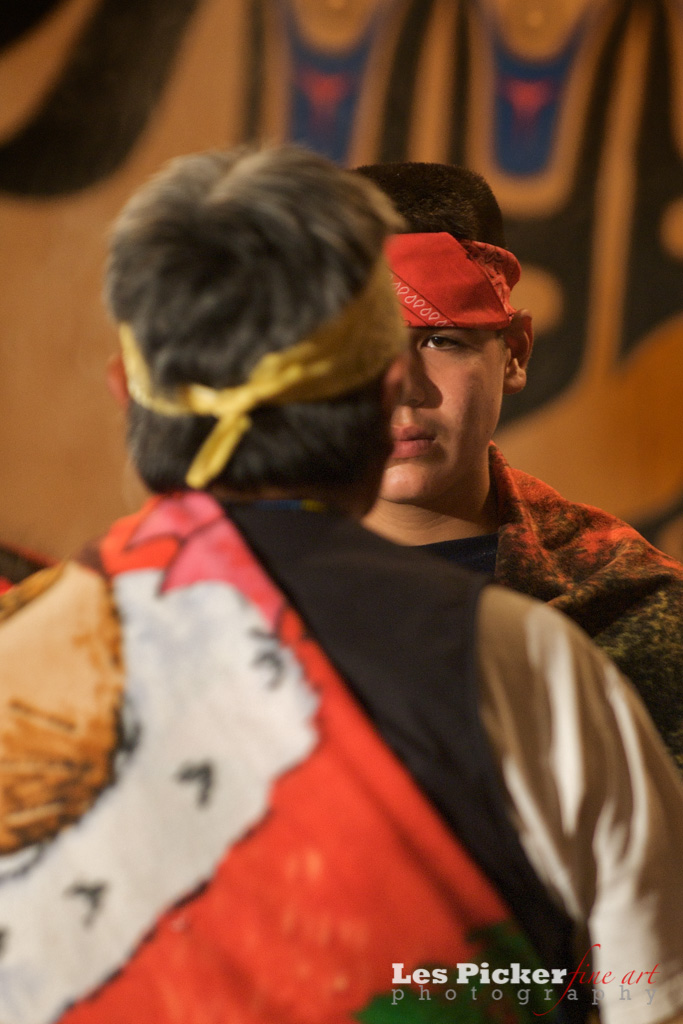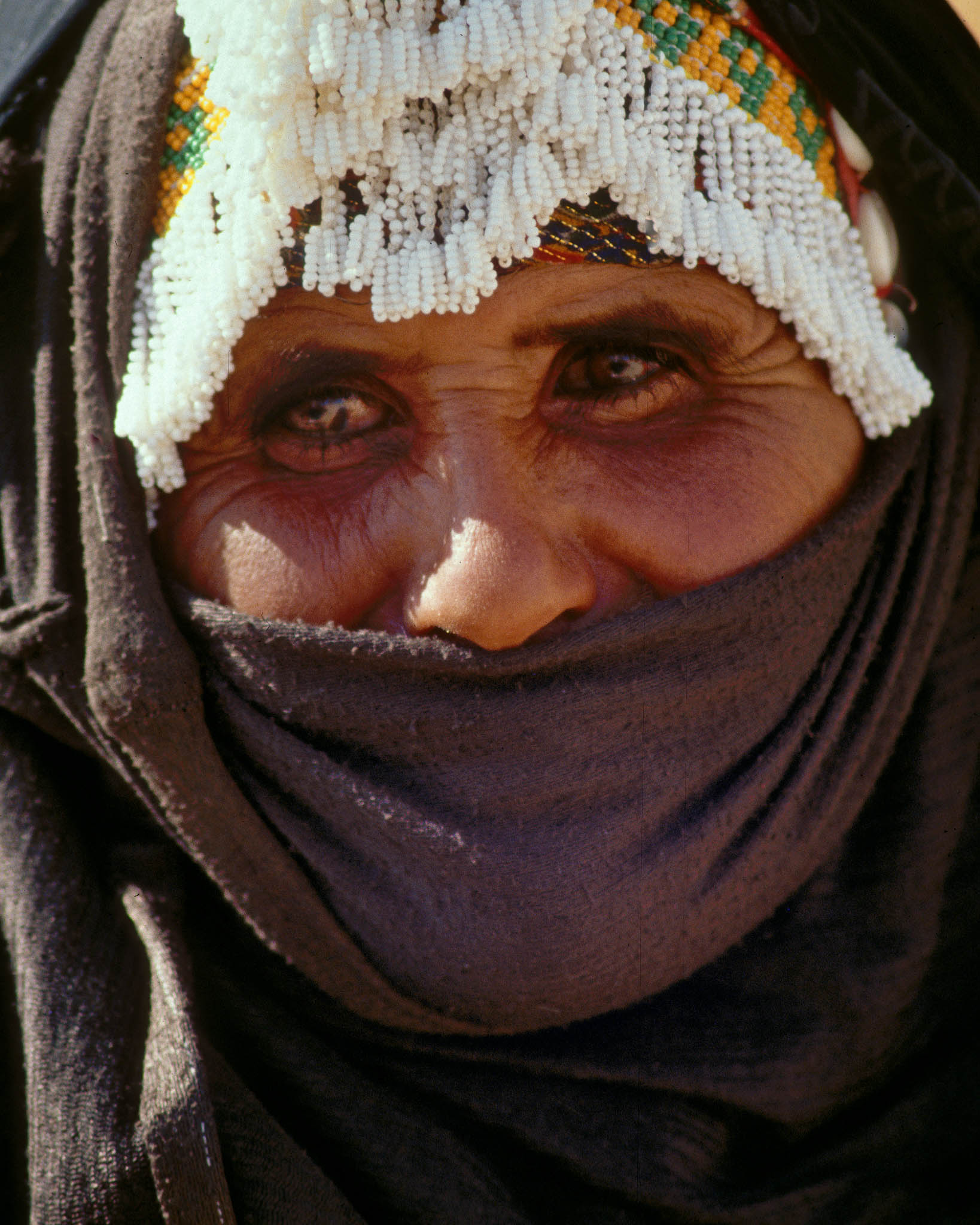
Travel Portraits
Bob, my associate and I were taking a lunch break from testing print profiles and got into a discussion about capturing images of local and indigenous people when traveling. It’s one of those infrequent times that Bob and I completely agreed about an issue that has many times gotten us into a rage, as it turns out.
The conversation started out innocently enough, as we discussed what lenses we prefer to capture people. Bob prefers a 50mm and he has a collection of them that rivals anyone’s. As for me, I’m eclectic, preferring a super wide angle (my Nikkor 14-24 or 17-35) in some circumstances and my Nikkor 24-70 in most others. On occasion I have even used my Nikkor 70-200 when I can’t get close to my subject, perhaps while they are involved in a native ceremony or other activity.

Tools of Ignorance
That conversation led us into the methods that photographers use to capture travel portraits. The behavior that drives us up a wall are those photographers who try to sneakily capture people surreptitiously, using telephoto lenses. Then there are the drive-by-shooting artists who stick a camera into an unsuspecting local’s face and snap away, sometimes over their objections.
Do these people realize how crude they are being? Do they understand how their selfish behavior ruins the opportunity for photographers who follow in their wake? Is snagging the image so important they are obviously willing to throw ethical and humane considerations out the window? In their hands, photographic equipment becomes tools of ignorance.
It’s About Time… and Relationships
If there is one thing I try to emphasize with travel photography that involves people, it’s that it takes time. It’s not just about rushing from here to there to see this site or that. The best travel experiences of my life involve taking the time to talk to a person, find out who they are, talk about family, show the subject how much you enjoy their country.
Taking the time to understand your subject builds relationship and that invariably leads to better photographs. When you get to know your subjects, even if only a tad bit more than when you first came upon them, you success rate for capturing their “essence” will improve markedly. It will also increase the rate at which people agree to have you photograph them. Some of the people I have photographed I have become friends with to this day.

In a previous blog on tips to create better people pictures, I alluded to the time and relationship issues, but I wanted to be a bit more forceful about it here. So, please, if you photograph people surreptitiously, rethink that approach. And if you are the kind that insultingly sticks a camera in a foreigner’s face, please think of how arrogant that action is and commit to change. In the end you’ll be helping yourself and your fellow photographers. And, thanks.
PS: If you are serious about photographing people while traveling, try my e-book on the topic: The Photographer’s Eye: People, available at my store. Hope you enjoy it!